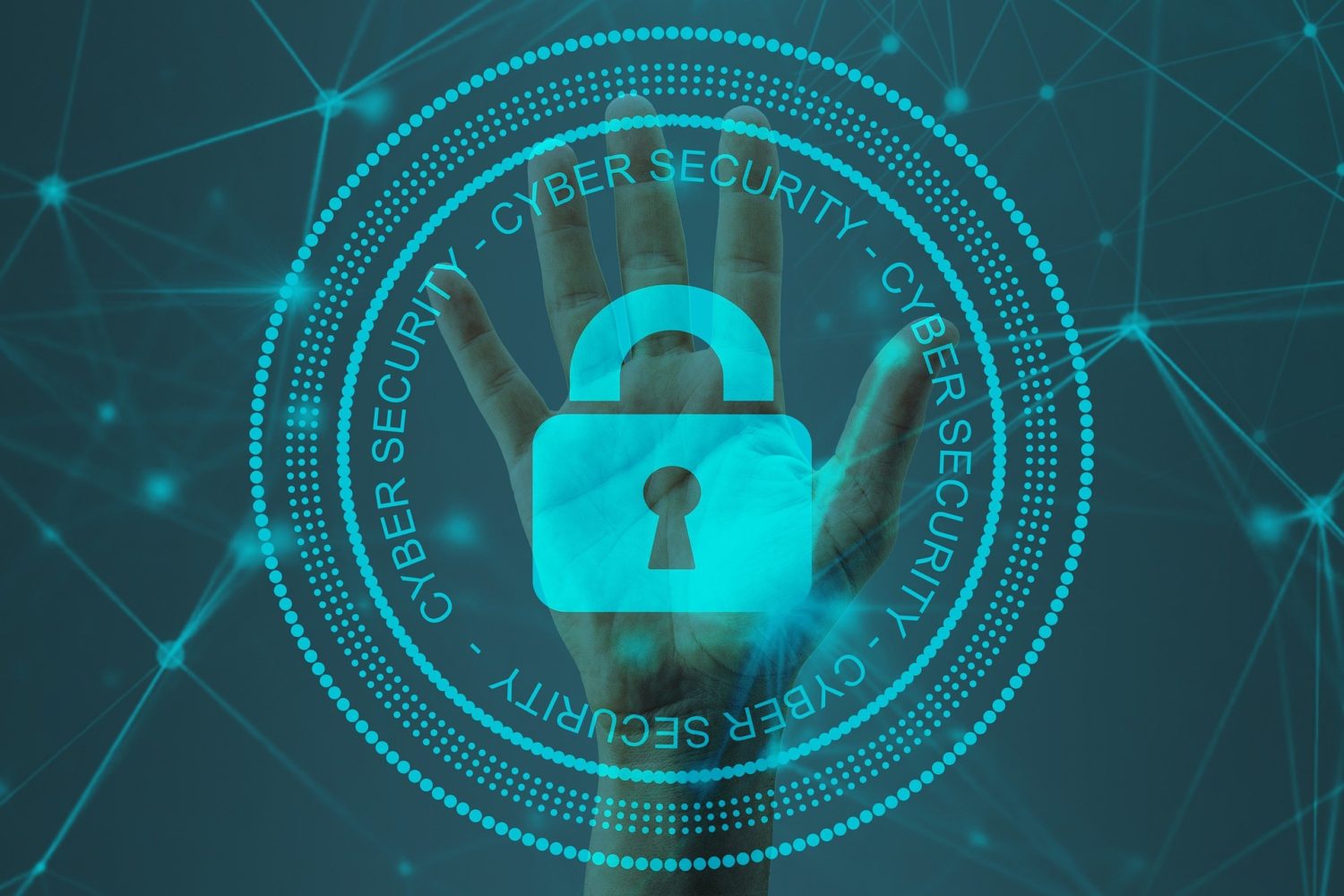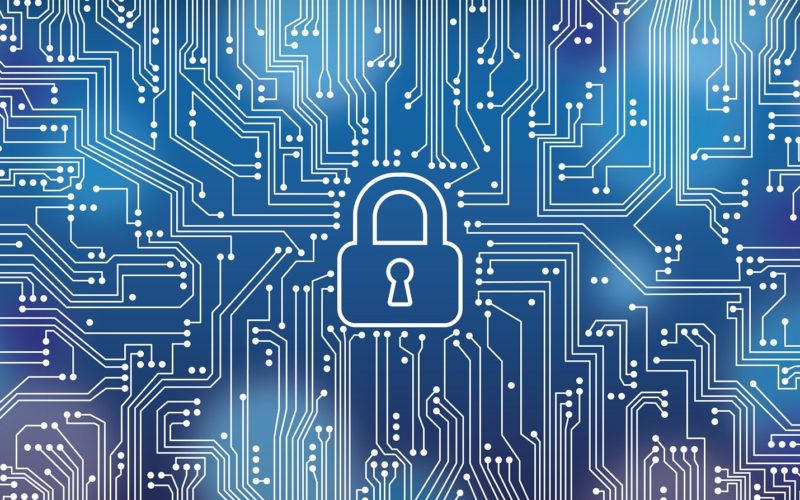Cybersecurity compliance used to be a priority concern for established businesses. But that was long before hackers demonstrated that in the crafty art of cybercrime, any organization is fair game. Indeed, the last few years have witnessed a dramatic surge in major cybersecurity incidents.
The SolarWinds Supply Chain Attack of 2020 and the Colonial Pipeline Ransomware Attack of 2021 are perhaps the most devastating cyber breaches in recent memory. Besides causing the exfiltration of millions of sensitive user information, these attacks led to unprecedented financial losses and reputational damage for the affected firms.
Now, cyber-attacks aren’t entirely avoidable. However, implementing a robust cybersecurity protocol can significantly minimize their occurrence and mitigate their impact.
Here’s everything you need to know about cybersecurity compliance.

What Is Cybersecurity Compliance?
Cybersecurity compliance is a process of ensuring that a company or organization meets the cybersecurity laws, regulations, and the best practices in their industry and jurisdiction. It dictates how entities receive, store, and handle sensitive information.
The type of information that requires safeguarding and the prescribed level of protection varies depending on the compliance standard.
As a concept, cybersecurity compliance is mainly practiced in high-risk sectors like finance, national security, retail, and information technology (IT). However, any entity (individual or corporate) can implement cybersecurity protocols to cushion their sensitive data from unauthorized access.
Creating cybersecurity policy templates is a critical step in achieving cybersecurity compliance.
Cybersecurity templates are policy documents that spell out a comprehensive set of protocols organizations can practice to minimize cyber risks. They typically run the gamut of cyber protection, from outlining proactive threat detection to highlighting how organizations can reduce the impact of successful breaches.
A typical cybersecurity template should highlight both controls and procedures. Controls (also known as protocols or guidelines) define the procedures to follow in preventing or responding to cyber-attacks. In contrast, procedures are step-by-step instructions on how to implement the controls.

Why Is Cybersecurity Compliance Important?
Fulfilling certain cybersecurity protocols is a regulatory requirement in numerous jurisdictions. As such, non-compliance could lead to hefty penalties.
Penalties include loss of lucrative contracts, hefty fines, or prison sentences.
Here are other reasons why every organization should prioritize cybersecurity compliance;
1. Increasing Business Opportunities
Where cybersecurity compliance is mandatory, implementing the relevant controls can provide a significant economic advantage. Contractors will likely favor your business over noncompliant firms.
2. Safeguarding Your Business’ Image
Cyber-attacks can erode consumer trust in your brand, leading to a publicity nightmare.
Besides, most companies often have to incur additional financial losses trying to redeem their damaged reputation following a cyber breach.
3. Protecting Your Supply Chain
Every business operates within a supply chain network. Whether you’re a manufacturer, distributor, or consultancy firm, implementing robust cybersecurity protocols can secure your supply chain from unprecedented cyberattacks.
Protecting critical supply chain networks ensures the seamless flow of goods across the country, guarding against unforeseen disruptions.
4. Boosting Your Security Posture
Cybersecurity compliance enables companies to understand their cybersecurity hygiene better. You can leverage the insights from routine gap assessments to update your current cyber frameworks given emerging threats, strengthening your cybersecurity posture.
Common Cybersecurity Compliance Standards
1. NIST
The National Institute of Standards and Technology (NIST) standards are guidelines developed by the eponymous United States agency to foster compliance with government regulations and protocols, particularly for federal agencies.
The framework impresses organizations to prioritize cybersecurity risk assessments to ward off attacks on critical government infrastructures.
2. CMMC
The Cybersecurity Maturity Model Certification (CMMC) is a cybersecurity framework developed by the US Department of Defense (DoD), imposing mandatory compliance for defense contractors.
CMMC is divided into three maturity levels, depending on the type of sensitive information an organization handles. Level 1 targets businesses that store Federal Contract Information (FCI), while Levels 2 and 3 target companies that deal with FCI and Controlled Unclassified Information (CUI).
3. CIS
The Center for Internal Security (CIS) is a non-profit organization best known for its Critical Security Controls (CSCs).
CSCs are a set of best practices developed to help businesses ward off pervasive cyber-attacks.
Quick Steps for Achieving Cybersecurity Compliance
While the actual procedure for attaining cybersecurity compliance varies by each compliance standard, it typically unfolds as follows;
1. Define the type of sensitive information your business handles.
The nature of sensitive information your company handles determines the type of cybersecurity certification to apply for.
2. Conduct a gap analysis.
A gap analysis is meant to uncover vulnerabilities in your current cybersecurity framework. You can self-audit or enlist professional third-party assistance.
3. Implement the controls.
This step entails sealing any gaps detected during the audit process. It’s a systematic approach that also involves updating your existing cybersecurity templates.
NOTE: As cyber threats are always lurking in the shadows, regular audits are necessary to safeguard your systems from unforeseen incidents.
Wrap Up
Complying with cybersecurity protocols isn’t merely a question of checking the boxes. It’s a significant step towards bolstering your cybersecurity posture and securing your supply chain.
Besides, adopting relevant cybersecurity protocols can build trust in your brand. Multiple surveys have shown that the modern consumer is happier to do business with companies that implement hacker-proof data protection policies.
As numerous cybersecurity standards exist, the first step in seeking compliance is to understand the type of sensitive information your organization handles. You can then perform a gap assessment (either using your in-house cyber team or an external auditor) and update your current cybersecurity templates accordingly.












